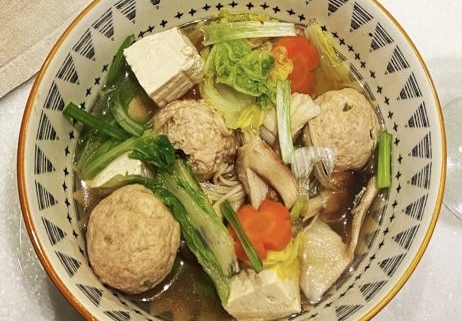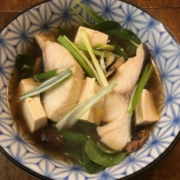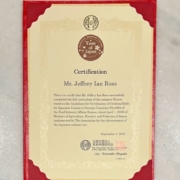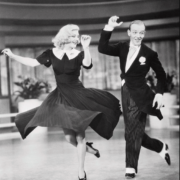Wrestling with Chanko Nabe
Since starting to cook Japanese food, I’ve increased not only my knowledge of this type of cuisine, and my skills in its preparation, but along with trying new recipes, I’m continuously delimiting the dishes I prefer to cook and the ones l like to eat.
Although my rank-ordering has changed over time, one of the dishes I like to prepare is Chanko Nabe (a hearty stew).
Why? This meal is relatively quick to cook, I can easily find the ingredients that go into the recipe, and they are healthy to eat.
For those who don’t know, Chanko Nabe (also spelled Chankonabe) is considered to be the go to food of Japanese sumo wrestlers, and it is typically cooked in a hot pot or donabe (i.e., a traditional Japanese style clay cookware).
Moreover, there’s no single way to prepare Chanko Nabe, and lots of cooks use different ingredients and steps.
And in many respects this is the beauty of the dish, so that you can personalize it to your own tastes and that of the people who you will be preparing the dish for. (Incidentally although few English language Japanese cookbooks include recipes for Chanko Nabe, there are numerous ones on the web)
But here are the basics. You start with a firm base of dashi, add soy, mirin, and then you add chicken balls (which is typically ground chicken rolled up into meatball size), and then at the very end, the vegetables, typically Chinese or napa cabbage, and a carrot that is thinly sliced but cut in a decorative manner. I also include Chinese (not Japanese) style tofu cut into small half inch cubes.
Although some of the ingredients can be sourced from your Safeway or Whole Foods, at least half need to be purchased from a market specializing in Japanese food, or an Asian grocery store. This includes hurkasame noodles, different types of mushrooms, and kikuna. You can get by with substitutes, but the more you go the substitution way then the authenticity and fidelity to the Japanese cuisine gets compromised.
For a dish that includes almost everything but the kitchen sink it’s also important to have a sense of proportionality. I frequently lay out everything I think I want to put into the soup, but in the end cut back because I know the final dish will look overwhelming
Also, make sure you have a large enough pot. In fact you can never have a pot that is too big. And then it’s a matter of timing. Things that are going to take a longer time to cook go first and ones that are quick to cook go later.
As you get comfortable preparing Chanko Nabe you can experiment with different sources of protein (e.g., fish and meat) and vegetables (e.g., daikon, bok choy, etc.).
In short, almost every Asian cuisine has their favorite meat and vegetable soups. For example there are numerous Hot Pot recipes in Chinese and Mongolian cuisine; and Koreans have stews such as Budae Jjigae, but the Japanese have Chanko Nabe and it’s well worth exploring.
Photo credit:
Chanko Nabe
photo taken by @gwenaelledesign











